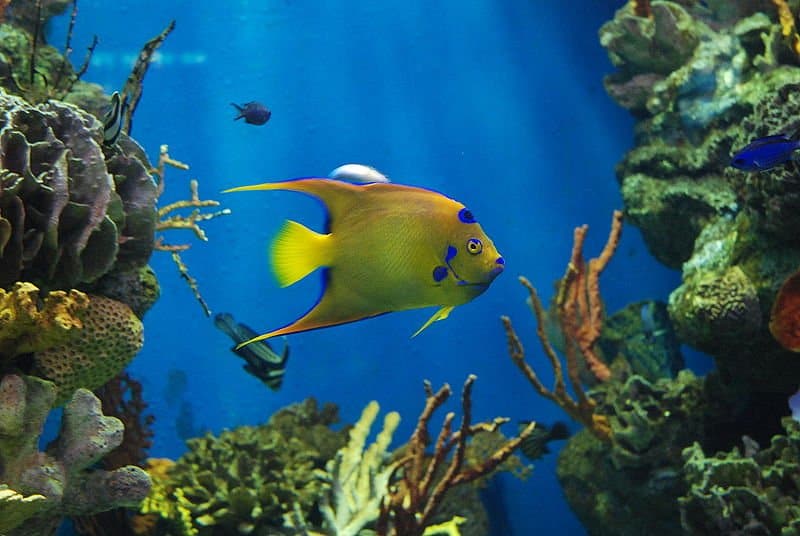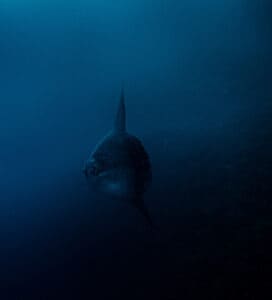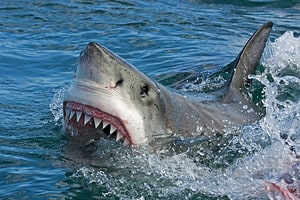Fish are fascinating creatures to observe, study, or even catch! There are over 33,000 species of fish that come in many different shapes, colors, and sizes! Just the thought of keeping up with that many types of fish can be mind-blowing. Of course, there are many names for each type of fish found in the world, but just how many of them start with the letter Q? The letter Q is not a commonly used letter to find in many words; however, out of 33,000 species of fish, at least 38 of them are common fish that start with the letter Q. This article will list the fish that begin with the letter Q and fun facts about some of them. Most of these creatures live in waters around Australia.
1. Queen Danio
2. Queen Loach
The queen loach lives in the river drainages of lower Ganges and Brahmaputra of northern India. This fish is a bottom feeder scavenger because they shy away from bright lights. If you have this fish as a pet, they enjoy hiding in caves and tight areas. Although social, this tropical fish can be semi-aggressive and have a life-span of 5 to 8 years.
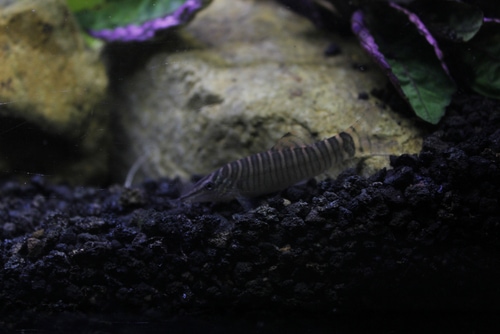
The Queen Loach is also known as the bengal loach. The scientific name for this fish is
Botia dario.
©TUEXXX/Shutterstock.com
3. Quoy’s Garfish
4. Quitobaquito Pupfish
5.Queensland Mouthbrooder
6. Queen Parrotfish
The queen parrotfish is a blueish green fish with turquoise stripes that live in the western Atlantic waters. This fish feed on algae found in coral and rocky reef areas. The queen parrotfish are hermaphrodites, with the female fish turning into males. This fish is a species of the marine ray-finned fish.
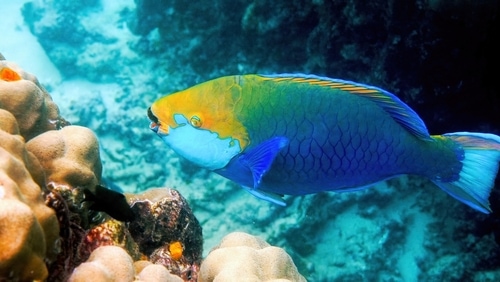
The Queen parrotfish are commonly seen in the Gulf of Mexico waters.
©Molishka/Shutterstock.com
7. Quagga CatShark
8. Queen Triggerfish
The queen triggerfish is a popular sea creature used in aquariums and for sport. This fish is found in the salt waters of the Atlantic Ocean. During their breeding seasons, they can get aggressive and bite humans when threatened. In Brazil, this fish is used for treating and researching medical conditions like asthma, earaches, and strokes.
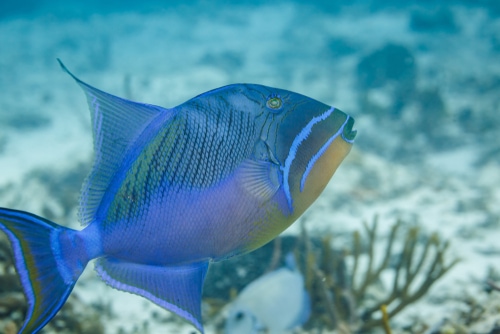
The scientific name for the queen triggerfish is,
Balistes vetula.
©Pete Niesen/Shutterstock.com
9. Quillfish
10. Queen Snapper
The queen snapper can grow up to 36 inches long and live offshore over rocky reefs of the Gulf of Mexico. This fish live about 400 feet deep and consume squid and small fish.
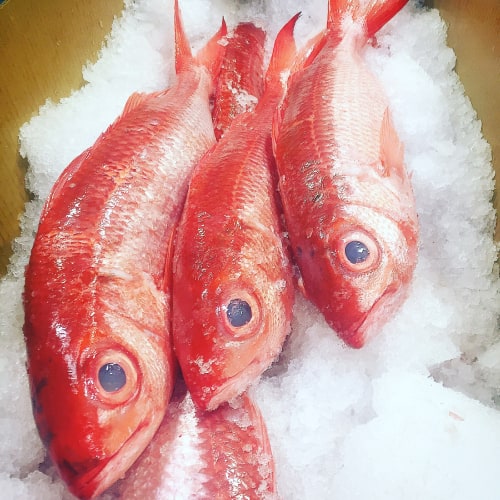
The queen snapper has a lifespan of 45 years.
©Wborges3/Shutterstock.com
11. Quaker fish
The Quaker fish is a tropical, salt water creature that lives in the Eastern Central Pacific waters. This skinny, long bodied fish can grow up to 13 inches long and can be found inhabiting open areas of reef slopes.
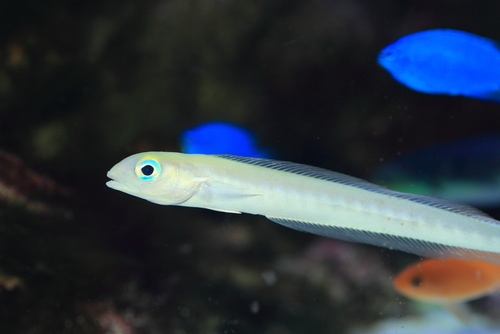
Another name for the Quaker fish is the “Flagtail blanquillo”, “False whiting”, and “Stripetail tilefish.”
©feathercollector/Shutterstock.com
12. Queensland Blenny
13. Quilon Electric Ray
14. Quillback Rockfish
The quillback rockfish have a distinctive dorsal fin and spines from other type of rockfish. This fish like to be in rocky habitats of southern California or Kodiak Island, Alaska. The quillback rockfish can grow up to 25 inches long and weigh 7.2 pounds. These creatures can live up to 95 years!
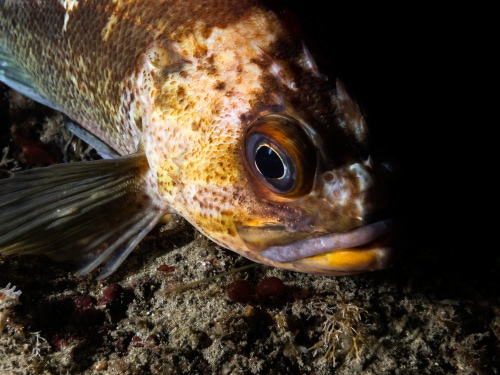
The Quillback rockfish is also known as the “Quillback seaperch.”
©NatureDiver/Shutterstock.com
15. Quillfin blenny
16. Queen Angelfish
The queen angelfish are omnivore creatures that live up to 15 years. This shy creature either swim alone or in pairs in Caribbean and western Atlantic waters. The queen angelfish consume sponge, algae, soft coral, jellyfish, and sea fans. They can grow up to 18 inches and have a distinctive electric blue and yellow coloration.
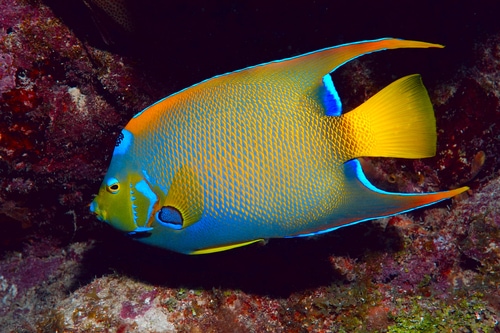
The queen angelfish is related to the blue angelfish.
©Clay S. Turner/Shutterstock.com
17. Quetzal Cichlid
The quetzal cichlid is a freshwater species that can grow up to 14 inches long. This fish lives in the river waters of Mexico, Belize, and Guatemala. The quetzal cichlid swim in a school of 3 to 10 fish. The females hatch 300 eggs in her mouth and after 21 days, she spits them out!
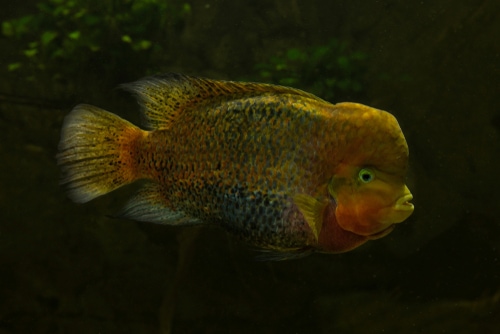
The quetzal cichlid male are have many colors such as metallic green, blue, pink, and orange, whereas the females are less colorful.
©Podolnaya Elena/Shutterstock.com
18. Queensland Mountain Trout
19. Queen Coris
The queen coris is a saltwater fish lurking around coral, weedy areas of reefs in the west Indian oceans. This fish can grow up to 50 centimeters long and consume crabs, eggs, shrimps, snails, worms, algae, and other small crustaceans. The queen coris have small teeth to graze the bottom of sea floors in search for their prey.
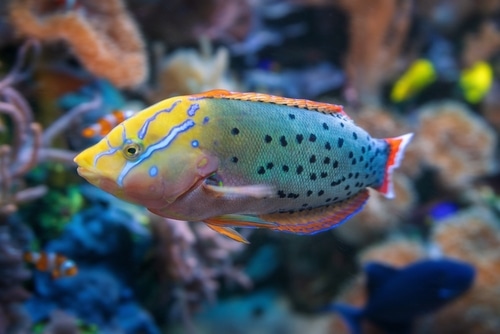
This picture is of an adult queen coris. As they grow from the juvenile stage to adult stage, their coloration changes dramatically.
©Diego Grandi/Shutterstock.com
20. Querimana Silverside
21. Queensland Grouper
22. Quadratus Nelsoni
23. Qianlabeo Striatus
23. Quagga Goby
24. Queen Croaker
25. Queensland Dottyback
26. Queensland Lungfish
The Queensland lungfish live in south-eastern Queensland, Australia. They also lurk in Burnett, Mary, North Pine, and Brisbane Rivers. This at risk creature can only be captured with a special permit. The Queensland lungfish is a freshwater fish that can grow up to 1.5 meters in length and weigh up to 100 pounds.
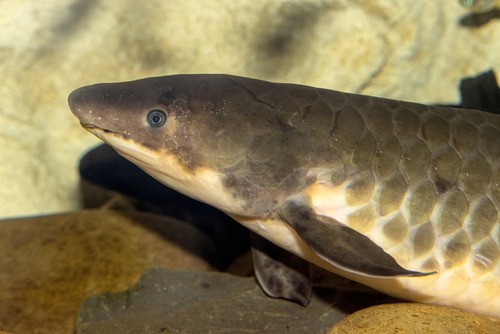
The Queensland lungfish only has one lung!
©Ken Griffiths/Shutterstock.com
27. Queensland Deepwater Skate
28. Queensland School Mackerel
29. Queensland Seahorse
The Queensland seahorse live in coastal waters of India, Sri Lanka, Taiwan, and northern Australia. This seahorse likes to hang in the sand and bottoms of reef systems alongside other sea creatures like the sea star. This carnivore fish consume shrimp, copepods, amphipods, and plankton.
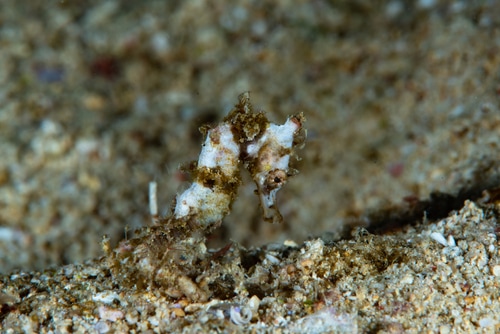
After mating the male Queensland seahorse will fertilize eggs in its pouch and then give birth.
©Francesco_Ricciardi/Shutterstock.com
30. Queensland Yellowtail Angelfish
The Queensland yellowtail angelfish live in the tropical waters of northern Queensland and New South Wales. This fish can grow up to 25 centimeters and are brightly colored. The Queensland yellowtail angelfish swim alone, in pairs, or in schools around coral and coastal reefs.
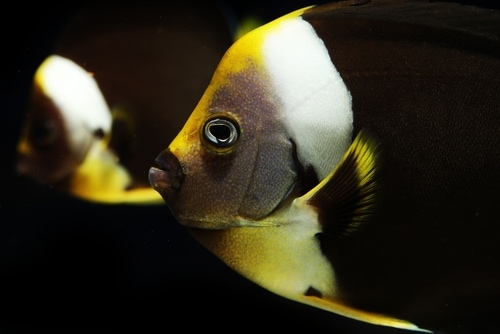
The scientific name for the Queensland yellowtail angelfish is
Chaetodontoplus meredithi.
©Pavaphon Supanantananont/Shutterstock.com
31. Queensland Pygmy Goby
32. Queensland Halibut
The Queensland halibut live in the northern Australian waters and can reach up to 25 inches long. This fish can be found buried under sand or mud bottoms of the ocean floor. They usually like to haunt for prey at night while staying buried during the day. Unlike other flatfishes, the Queensland halibut have thicker bodies.
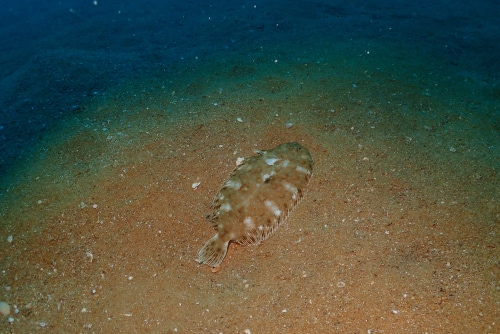
The Queensland halibut belongs to the class
Psettodidae.
©finchfocus/Shutterstock.com
33. Queensland Sawfish
The Queensland sawfish live in the waters of northwestern Australia. This fish earned its name because of it long, flat nose with teeth teeth sticking out, resembling a saw. The Queensland sawfish can live up to 34 years and reach up to 10 feet long!
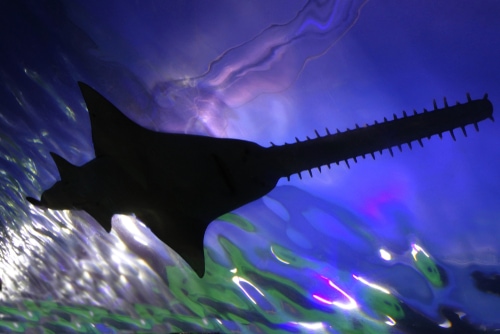
The Queensland sawfish at birth have a type of tissues around the teeth to protect the mother while giving birth.
©ChameleonsEye/Shutterstock.com
34. Queensland Stinkfish
35. Queensland Triangular Batfish
36. Queensland Trumpeter
37. Queensland Cusk
38. Quran
39. Quillback Carpsucker
The Largest Fish That Start With “Q”
After listing the many fish that begin with the letter “Q”, it appears that the Queensland sawfish is the largest of them all. The Queensland sawfish has a lifespan of over 50 years and although the weight of this fish is unknown, they can grow up to 10 to 11 feet long! The Queensland sawfish is also known as the “Dwarf Dawfish” and is related to sharks, skates, and rays. They have a long snout with edged teeth, giving them a saw like appearance. At birth, the sawfish is between 2 to 2.5 feet long and at maturity, reach to 8.5 feet long. The length of the Queensland sawfish can be compared to two queen size mattresses put together!
| Common Name | Scientific Name |
| Queen Danio | Devario regina |
| Queen Parrotfish | Scarus vetula |
| Queen Triggerfish | Balistes vetula |
| Quillback | Carpiodes cyprinus |
| Quillfish | Ptilichthys goodei |
Thank you for reading! Have some feedback for us? Contact the AZ Animals editorial team.

